
UK to recognise state of Palestine in September unless Israel holds to ceasefire
Cabinet agrees to support Middle East roadmap at emergency meeting called amid humanitarian crisis in Gaza
Either you recognize a state or you don't. If you do, that sovereignty shouldn't be any less, depending on a third party. This is like telling someone you're their friend unless their neighbor stops parking in their driveway. Where's the integrity? Where's the spine? #KeirStarmer #palestine #israel
03.08.2025 09:15 — 👍 8 🔁 1 💬 0 📌 0
Are you an early-career biologist or ecologist who would benefit from an invited seminar? Would you like to come to UMaine next fall or spring to give a talk? Leave a brief comment with some info about what you do. I'm co-hosting our seminar series again, and am filling out our rosters.
30.07.2025 19:37 — 👍 231 🔁 176 💬 52 📌 6
1. Here's a fish swimming upstream. Nothing unusual about that.
What's unusual is that this particular fish is *dead*. Vortices in the water as it flows past the fish cause the fish's body to flex, maintaining orientation and actually propelling it forward.
(D. N. Beal et al 2006 J. Fluid. Mech.)
26.07.2025 07:34 — 👍 428 🔁 72 💬 16 📌 17
Thanks, Steve!
03.07.2025 21:22 — 👍 1 🔁 0 💬 0 📌 0
Tease no longer, Alan! bsky.app/profile/ster...
I hope that you with your inclinations don't get too disappointed that it is a new family that is no longer around.
03.07.2025 19:53 — 👍 1 🔁 0 💬 0 📌 0
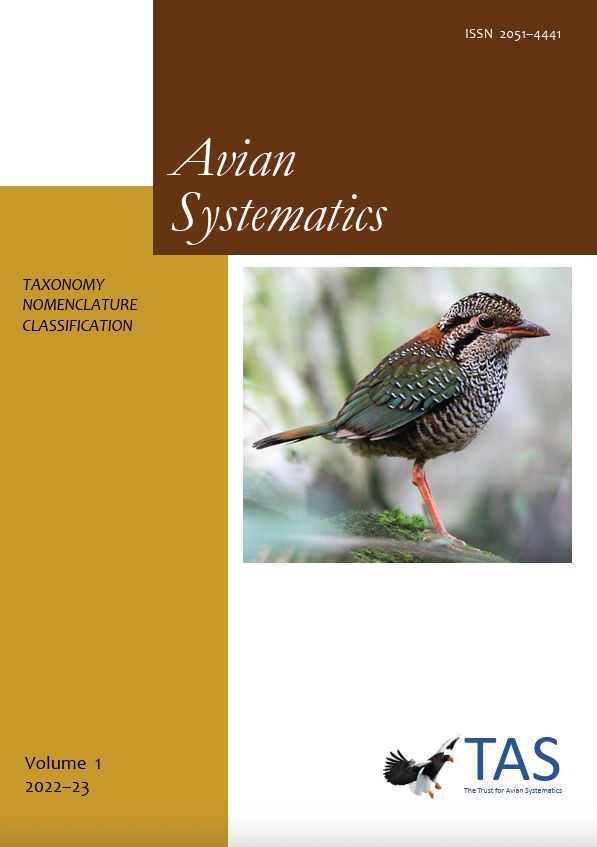
The cover of Volume 1 of Avian Systematics, now published (continuously) by Aves Press.
Finally, I must shout out to the journal Avian Systematics and EiC Trevor Worthy + wizard Steven Gregory. I've learned tons about nomenclature in the revisions and edits and the process has been fast and good.
No fees + Open Access, the journal just moved to www.avespress.com/avian-system....
03.07.2025 19:50 — 👍 3 🔁 1 💬 0 📌 0
![Illustrating Bird10K by reusing my old collage of Elementaves bird species, arranged following the classical elements, from bottom to top, of water, earth, air, and fire. All images with CC0 license, unless otherwise stated. Water: Humboldt Penguin (Spheniscus humboldti), Common Loon (Gavia immer). Earth: Indian Nightjar (Caprimulgus asiaticus) [Hari K Patibanda, https://flic.kr/p/2oM6rs3, CC BY-NC 2.0], Tasmanian Nativehen (Tribonyx mortierii). Air: Common Swift (Apus apus), Stripe-tailed Hummingbird (Eupherusa eximia). Fire: Sunbittern (Eurypygia helias) [Jean Ogden, https://flic.kr/p/2puQRv2, CC BY 2.0], White-tailed Tropicbird (Phaethon lepturus).](https://cdn.bsky.app/img/feed_thumbnail/plain/did:plc:tqb6ne6mq5swvirjh5wghajw/bafkreihgweocgr7akwx2ypqc4e4abqdrqj6evenybpihiyextjcus4vcwa@jpeg)
Illustrating Bird10K by reusing my old collage of Elementaves bird species, arranged following the classical elements, from bottom to top, of water, earth, air, and fire. All images with CC0 license, unless otherwise stated. Water: Humboldt Penguin (Spheniscus humboldti), Common Loon (Gavia immer). Earth: Indian Nightjar (Caprimulgus asiaticus) [Hari K Patibanda, https://flic.kr/p/2oM6rs3, CC BY-NC 2.0], Tasmanian Nativehen (Tribonyx mortierii). Air: Common Swift (Apus apus), Stripe-tailed Hummingbird (Eupherusa eximia). Fire: Sunbittern (Eurypygia helias) [Jean Ogden, https://flic.kr/p/2puQRv2, CC BY 2.0], White-tailed Tropicbird (Phaethon lepturus).
I ran this side project for @ntlmuseumsscot.bsky.social & @nhm-london.bsky.social w great collabs: Gerald Mayr (Dr Bones & Rapid-write) and Chen Guangji & Feng Shaohong (of #B10K #Bird10K, saving the day when supposedly public data was not so public).
Special thx to Piotr Gryz for cave rail pic!
03.07.2025 19:50 — 👍 6 🔁 1 💬 2 📌 0
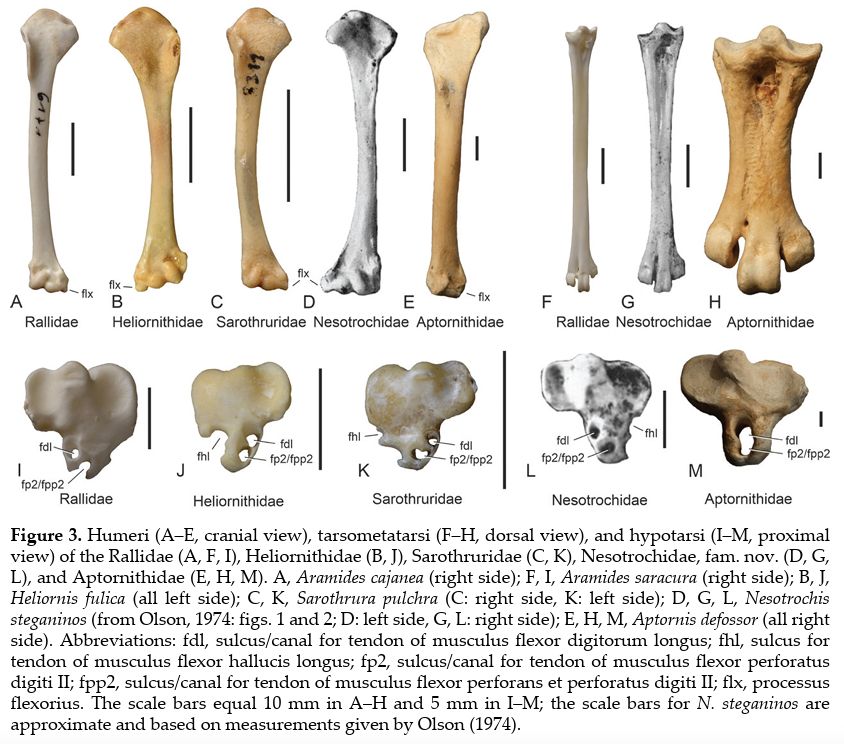
Figure 3 of Stervander et al. (2025): https://www.avespress.com/uploads/downloads/212/file/AS_2_8_PDFA.pdf.
Here, the one and only Gerald Mayr describes the differences in bone morphology between cave rails, rails, flufftails, and sun grebes (Heliornithidae).
Figure caption: Humeri (A‒E, cranial view), tarsometatarsi (F‒H, dorsal view), and hypotarsi (I‒M, proximal view) of the Rallidae (A, F, I), Heliornithidae (B, J), Sarothruridae (C, K), Nesotrochidae, fam. nov. (D, G, L), and Aptornithidae (E, H, M). A, Aramides cajanea (right side); F, I, Aramides saracura (right side); B, J, Heliornis fulica (all left side); C, K, Sarothrura pulchra (C: right side, K: left side); D, G, L, Nesotrochis steganinos (from Olson, 1974: figs. 1 and 2; D: left side, G, L: right side); E, H, M, Aptornis defossor (all right side). Abbreviations: fdl, sulcus/canal for tendon of musculus flexor digitorum longus; fhl, sulcus for tendon of musculus flexor hallucis longus; fp2, sulcus/canal for tendon of musculus flexor perforatus digiti II; fpp2, sulcus/canal for tendon of musculus flexor perforans et perforatus digiti II; flx, processus flexorius. The scale bars equal 10 mm in A‒H and 5 mm in I‒M; the scale bars for N. steganinos are approximate and based on measurements given by Olson (1974).
...so we described Nesotrochidae fam. nov., the cave rail family! They are (were) distinguished by a number of osteological characters, not least that the humerus has a large and ventrally protruding processus flexorius.
Voilá: Nesotrochidae Stervander, Chen, Feng & Mayr, 2025!
03.07.2025 19:50 — 👍 2 🔁 0 💬 1 📌 0
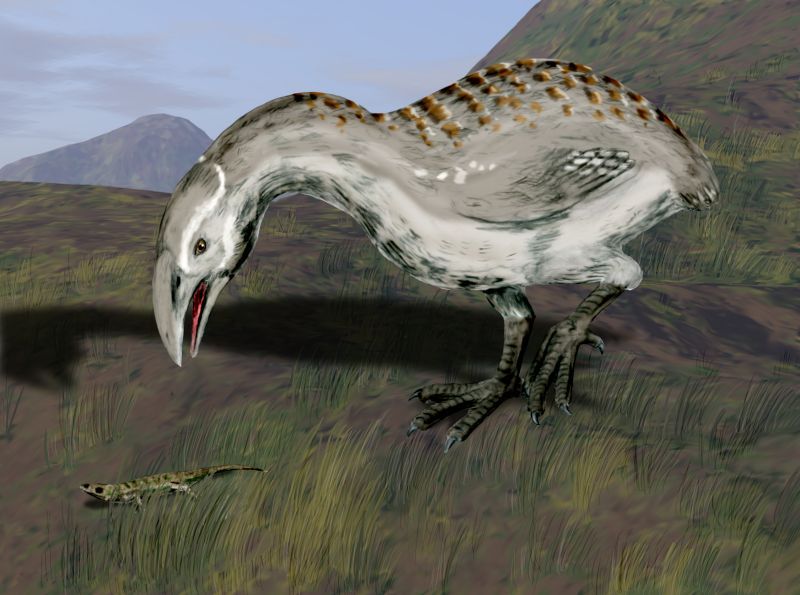
Artistic rendition of an adzebill from New Zealand, by Nobu Tamura, from https://commons.wikimedia.org/wiki/File:Aptornis_BW.jpg under CC BY-SA 3.0 (https://creativecommons.org/licenses/by-sa/3.0/deed.en). These beasts are markedly different from flufftails and forest rails as well as cave rails.
This fully supported topology presents three options: merge family Aptornithidae (adzebills) with (1) Nesotrochis or (2) that + current family Sarothruridae (flufftails)—or (3) award the cave rails family status as Nesotrochidae.
#1–2 seem unreasonable given the marked distinctness of adzebills...
03.07.2025 19:50 — 👍 3 🔁 0 💬 1 📌 0
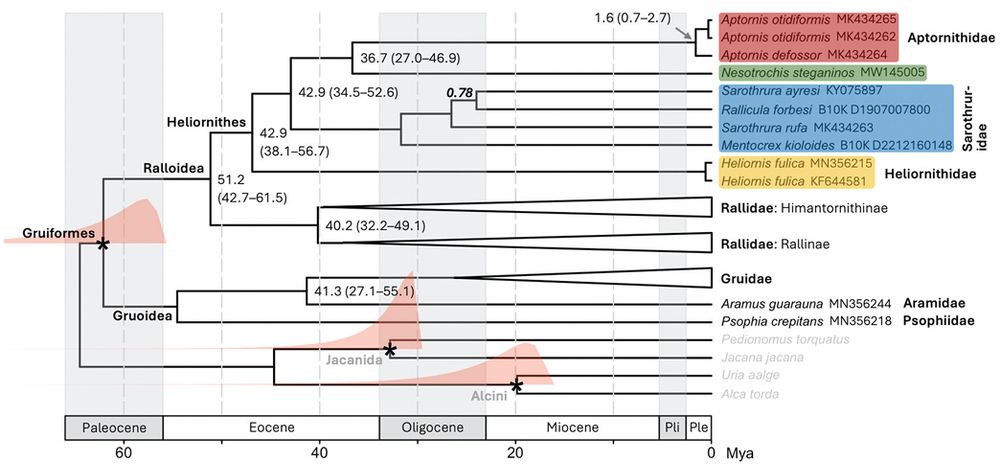
Phylogenetic tree from Figure 2 of Stervander et al (2025): /https://www.avespress.com/uploads/downloads/212/file/AS_2_8_PDFA.pdf.
Caption: Dated phylogeny based on 9,615 base pairs mitochondrial DNA across Gruiformes, with charadriiform outgroups (in grey). With full posterior probability (PP = 1.0), the Cuban cave rail Nesotrochis steganinos Olson, 1974 is the sister taxon of the adzebill family Aptornithidae Bonaparte, 1856, from which it diverged 36.7 Ma. Their most recent common ancestor diverged from the flufftail family Sarothruridae Verheyen, 1957 at 42.9 Ma. Some key nodes are annotated tip-side of the node with the estimated and the 95% highest posterior density for divergence time. Nodes used for time calibrations are marked with asterisks and the calibration density distributions coloured in peach. All nodes shown have PP = 1.0 except one within Sarothruridae labelled with the PP value in bold italics on the root-side of the node. In the geological time scale, Pli = Pliocene, Ple = Pleistocene. Clade colours correspond to Figure 1 and Oswald et al. (2021). This tree is based on a single BEAST run comprising 100 million generations, with 13% burn-in and mean node heights. For other trees, see Data Availability.
Dated Bayesian analyses of 9,615 base pairs coding mitochondrial sequence, in 16 partitions w optimised substitution models, didn't result in the unresolved polytomy of Oswald et al. (2021). Neither was Nesotrochis sister with Sarothruridae, but split as sister from Aptornithidae 37 Mya!
03.07.2025 19:50 — 👍 3 🔁 0 💬 1 📌 0
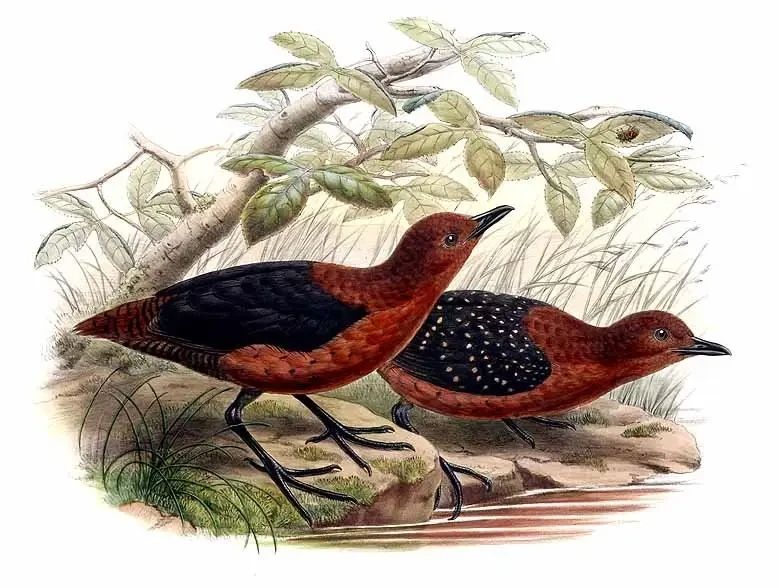
Painting by John Gould of the Forbes's Forest Rail (Rallicula forbesi), CC BY 0.
—so we generated new mitogenomes for Madagascar Forest Rail (Mentocrex kioloides) and Forbes's Forest Rail (Rallicula forbesi), neither of them rails, but members of the flufftail family (Sarothruridae)!
03.07.2025 19:50 — 👍 4 🔁 0 💬 1 📌 0
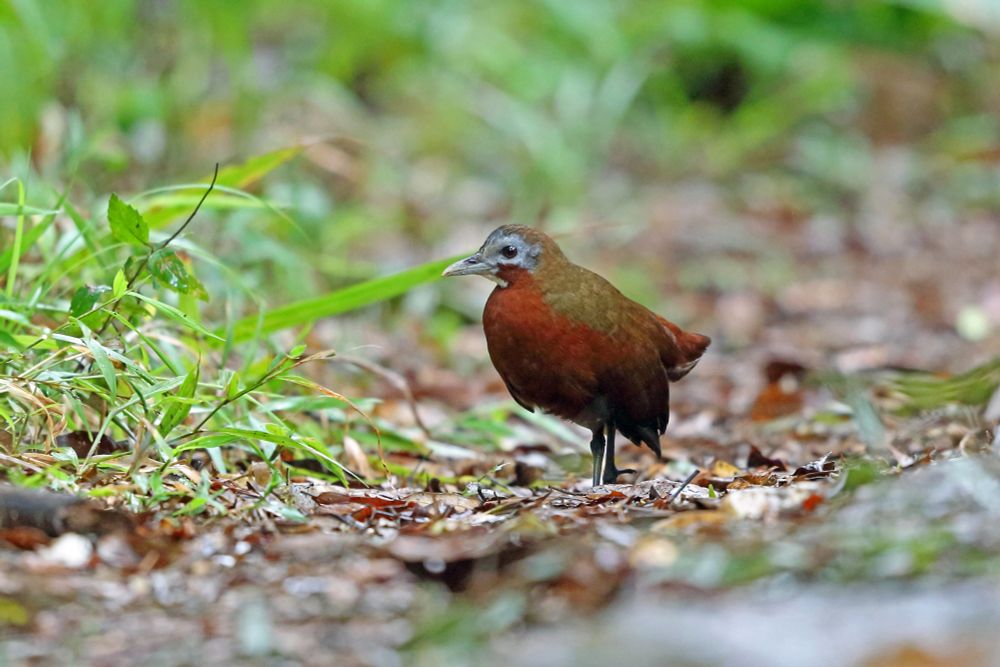
Madagascar Forest Rail (Mentocrex kioloides) also isn't a rail, but part of the flufftail family! Though mitogenome data of Mentocrex have been included in published papers, none were readily available, and we went about creating a de novo assembly, since the inclusion of Mentocrex could be important.
Photo: Nigel Voaden (https://www.inaturalist.org/photos/3550287) under CC BY 4.0 (http://creativecommons.org/licenses/by/4.0/).
The phylogenetic analyses bugged me a little, though, as I thought more rigorous DNA substitution model testing and partitioning (and RY-coding of third-codon positions) might provide more clarity... So I'd better test it! We used the same dataset—except data for two species were unavailable—
03.07.2025 19:50 — 👍 3 🔁 0 💬 1 📌 0
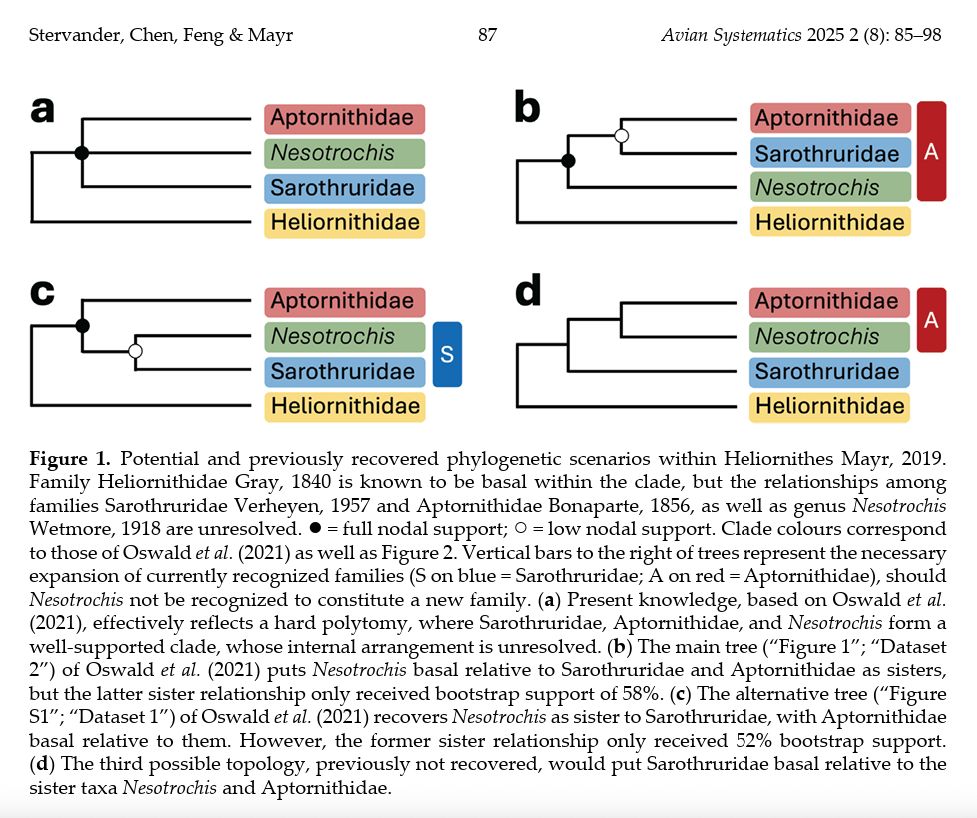
The different tree topologies compatible with Oswald et al. (2021), from our new paper (Figure 1): https://www.avespress.com/uploads/downloads/212/file/AS_2_8_PDFA.pdf. Depending on the exact placement of cave rails (Nesotrochis spp.), on could envision an expanded Sarothruridae (flufftail family) or an expanded Aptornithidae (adzebill family) that comprises Nesotrochis and possibly also the flufftails.
Figure caption: Potential and previously recovered phylogenetic scenarios within Heliornithes Mayr, 2019. Family Heliornithidae Gray, 1840 is known to be basal within the clade, but the relationships among families Sarothruridae Verheyen, 1957 and Aptornithidae Bonaparte, 1856, as well as genus Nesotrochis Wetmore, 1918 are unresolved. ● = full nodal support; ○ = low nodal support. Clade colours correspond to those of Oswald et al. (2021) as well as Figure 2. Vertical bars to the right of trees represent the necessary expansion of currently recognized families (S on blue = Sarothruridae; A on red = Aptornithidae), should Nesotrochis not be recognized to constitute a new family. (a) Present knowledge, based on Oswald et al. (2021), effectively reflects a hard polytomy, where Sarothruridae, Aptornithidae, and Nesotrochis form a well-supported clade, whose internal arrangement is unresolved. (b) The main tree (“Figure 1”; “Dataset 2”) of Oswald et al. (2021) puts Nesotrochis basal relative to Sarothruridae and Aptornithidae as sisters, but the latter sister relationship only received bootstrap support of 58%. (c) The alternative tree (“Figure S1”; “Dataset 1”) of Oswald et al. (2021) recovers Nesotrochis as sister to Sarothruridae, with Aptornithidae basal relative to them. However, the former sister relationship only received 52% bootstrap support. (d) The third possible topology, previously not recovered, would put Sarothruridae basal relative to the sister taxa Nesotrochis and Aptornithidae.
This was a super cool study, but the exact placement of cave rails was unresolved: they could be basal to flufftails & adzebills, sister to flufftails (best supported) or to adzebills—yielding wildly different classification options. Expanding Sarothruridae (flufftails) or Aptornithidae (adzebills)?
03.07.2025 19:50 — 👍 3 🔁 0 💬 1 📌 0
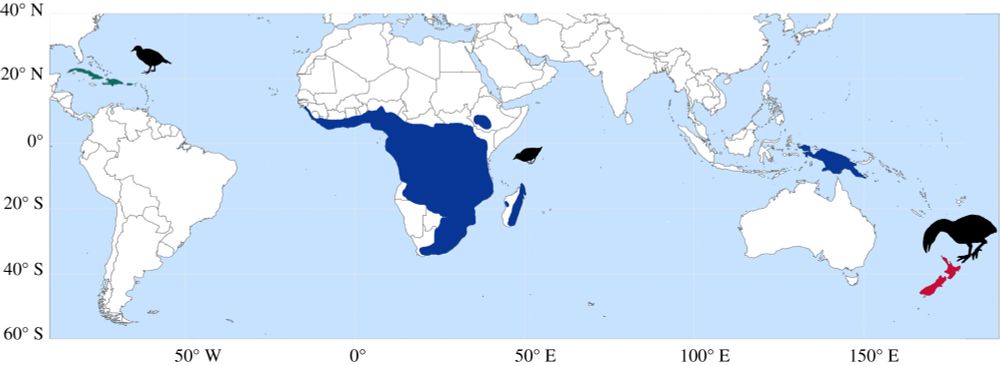
Figure 2 from Oswald et al. (2021): https://doi.org/10.1098/rsbl.2020.0760.
World map showing the historical distributions of cave rails and adzebills and the present distribution of the flufftail family.
So what's new and what was known? In 2021, Jessica Oswald & colleagues managed to extract ancient DNA from a Haitian Cave Rail (Nesotrochis steganinos) and, analysing #mitochondrial DNA, found they were not #rails(!) but more closely related to flufftails and adzebills: doi.org/10.1098/rsbl...
03.07.2025 19:50 — 👍 4 🔁 0 💬 1 📌 0

An artistic rendition of the extinct Antillean Cave Rail, Nesotrochis debooyi Wetmore, 1918. ©Piotr Gryz, with permission.
Welcome a new family of #birds, the Caribbean cave rails, Nesotrochidae! They were—surprisingly—the sisters of NZ adzebills, all sadly extinct. New #OpenAccess paper out in Avian #Systematics w Gerald Mayr, Chen Guangji & Feng Shaohong: www.avespress.com/uploads/down...
🧵
#ornithology #taxonomy 🧪🪶
03.07.2025 19:50 — 👍 65 🔁 17 💬 2 📌 2
Correct! 😉
20.06.2025 16:23 — 👍 0 🔁 0 💬 1 📌 0

NEW JOB in #ornithology and #conservation managing two major restoration projects for #islands important for #seabirds: buff.ly/yfl1Vo2
19.06.2025 15:53 — 👍 27 🔁 24 💬 0 📌 0
Thank you, Beth!
20.06.2025 09:33 — 👍 1 🔁 0 💬 0 📌 0
Aspects, respects, my brain is mush. Also, might have been smart to tag this with #ornithology... Oh well!
20.06.2025 09:33 — 👍 0 🔁 0 💬 0 📌 0
Best wee ever! 🤩😍
20.06.2025 09:20 — 👍 2 🔁 0 💬 0 📌 0
![[Road sign with the text "Accept"]
Accept by Nick Youngson (http://www.nyphotographic.com/) under CC BY-SA 3.0 (https://creativecommons.org/licenses/by-sa/3.0/) from Pix4free (https://pix4free.org/photo/2221/accept.html).](https://cdn.bsky.app/img/feed_thumbnail/plain/did:plc:tqb6ne6mq5swvirjh5wghajw/bafkreicnmn6y7oyx5ej5kmjac4aa63si3rh4vnu3poh6fcb3ku6euorkiu@jpeg)
[Road sign with the text "Accept"]
Accept by Nick Youngson (http://www.nyphotographic.com/) under CC BY-SA 3.0 (https://creativecommons.org/licenses/by-sa/3.0/) from Pix4free (https://pix4free.org/photo/2221/accept.html).
🐦 It's been a while (in several aspects), so I'm extra excited to start the day with a #paper accept.
Can't wait for this to hit the press, clarifying relationships among a bunch of cool #birds and introducing a new #avian family! Which one? You'll soon see... 😉
#taxonomy #systematics 🪶🧪
20.06.2025 09:18 — 👍 18 🔁 0 💬 4 📌 0
Will forward this suggestion (even though I think it'll be the authoritative bird checklist very soon)! Thanks, Peter.
12.06.2025 15:37 — 👍 0 🔁 0 💬 1 📌 0
Avibase - The World Bird Database
This should help with the retrieval part of that process (but not the pain): avibase.bsc-eoc.org/compare.jsp?...
11.06.2025 20:38 — 👍 3 🔁 0 💬 1 📌 0
Pssst, @n8swick.bsky.social: bsky.app/profile/ster...
11.06.2025 15:03 — 👍 1 🔁 0 💬 0 📌 0
My main contribution to this monumentous project has been to shake up the linear sequence of the checklist to better reflect our current understanding of the avian evolutionary tree! Ostrich first—Saltator last no more... We go from Somali Ostrich to Blue-necked Tanager!
11.06.2025 15:02 — 👍 12 🔁 1 💬 1 📌 0
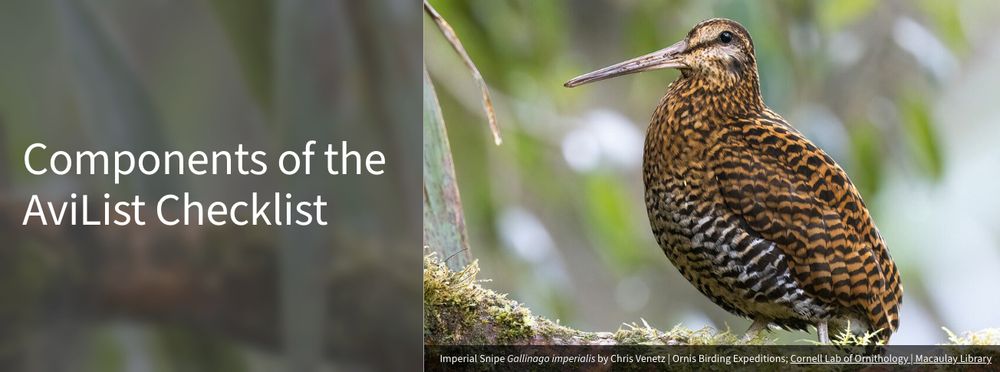
Components page screenshot from AviList
There's a tab explaining how to use the checklist (different fields etc.), but importantly, there is a also a page outlining various important components of the checklist: www.avilist.org/checklist/co....
11.06.2025 14:59 — 👍 5 🔁 1 💬 0 📌 0
Proposals to AviList
AviList welcomes proposals for changes or revisions from the ornithological and birding community. Future versions will move forward based on this proposal system.
Proposals need not be especially ...
The process up to release has been a bit of a black box to the world, but take note of clearly stated ambitions of participation and transparency. Anyone can submit a taxonomic proposal (www.avilist.org/about/propos...), and any change is published with a decision summary.
11.06.2025 14:59 — 👍 2 🔁 1 💬 1 📌 0
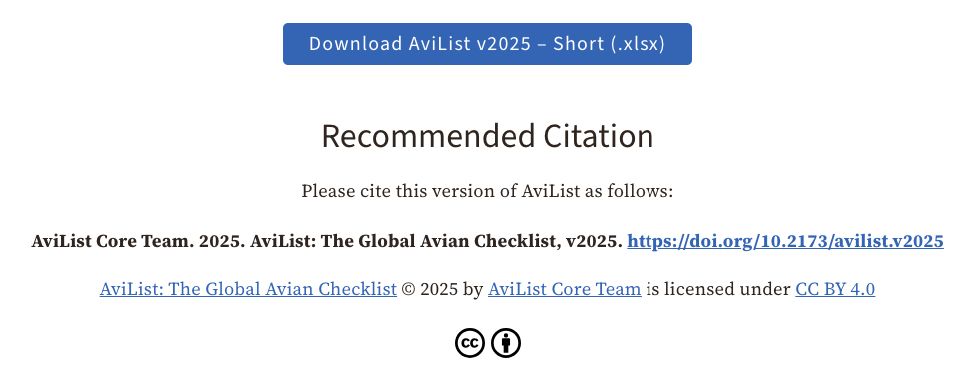
Recommended citation (see https://www.avilist.org/checklist/v2025/)
The checklist is downloadable from doi.org/10.2173/avil... and comprises *lots* of info, incl e.g. author, year of description, and publication source. Decision summary statements are included for all 1000+ cases where taxonomy differed between IOC, eBird/Clements & @birdlifeglobal.bsky.social.
11.06.2025 14:59 — 👍 3 🔁 1 💬 1 📌 0
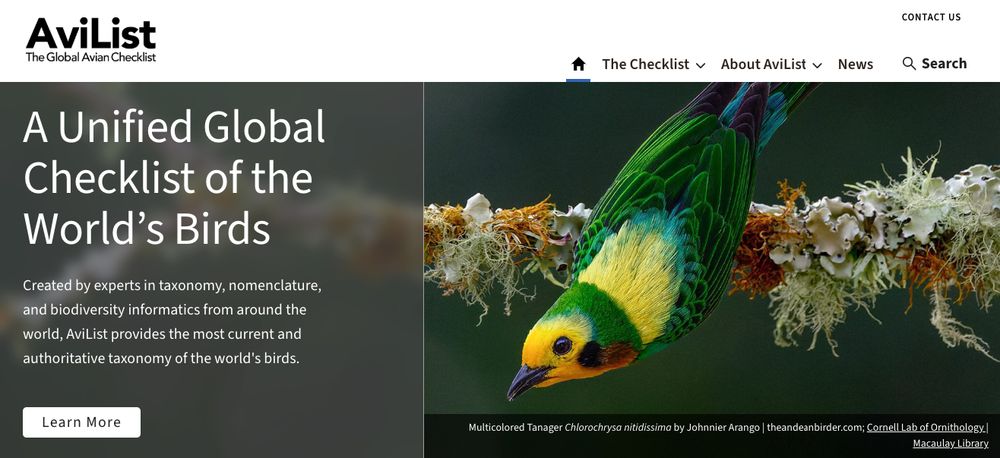
Start page screenshot.
🦅 The new unified global #avian #taxonomy #AviList has just been released at www.avilist.org! Xmas for anyone interested in #birds & checklists... The first version will be followed by annual updates, with decisions and processes aimed to be more transparent than its predecessors'. 🪶🧪
🧵
11.06.2025 14:59 — 👍 28 🔁 9 💬 2 📌 3
Assistant Professor and Curator of Birds. University of Oklahoma/Sam Noble Oklahoma Museum of Natural History. Ornithology, population genomics, Neotropical birds, natural history collections.
https://www.moncriefflab.org/
The Earth BioGenome Project (EBP), a moonshot for biology, aims to sequence, catalog, and characterize the genomes of all of Earth's eukaryotic biodiversity over a period of ten years.
🌲Keep up with all EBP updates: https://linktr.ee/earthbiogenomeproject
Evolutionary biologist: speciation, adaptation, genomics, phylogeography of birds and lizards. Keen naturalist (birder, herper, entomologist, botanist and more), climber, cyclist, hiker.
Currently in Madrid, formerly France, Germany, Sweden & Cyprus.
Using this mostly for birds and other wildlife, keen birder, slight knowledge of other groups of creatures.
Bird bones. OLD bird bones.
Vertebrate Palaeontology (Palaeornithology) Ph.D. Candidate @flindersuniversity.bsky.social, South Australia, researching the evolution of rail-like #birds and other bird groups 𓅬 | Illustrator ✐ | From Waitaha, Aotearoa ⸙
Birder | Research Associate at Swiss Ornithological Institute @vogelwarte.bsky.social 🇨🇭
Interested in the evolution of bird movements and how they can influence evolutionary processes
https://pauldufour80.wordpress.com/
Behavioural & evolutionary ecologist | PhD | Interested in animal communication, evolution of bird' traits on islands, bird cognition, avian female colours and song.
She/her
www.islandbirdproject.com
Sad federal biologist | Ornithologist | Raptor Biologist | #TeamBird | Mother of Harriers | Hummingbirds, Hawks, & House Wrens | opinions mine | she/her/mom | IG: shannon_skalos
Birder, purveyor of aerial bird identification wizardry & Secretary of British Birds Rarities Committee
Linguist and conlanger. PhD in CS and ornithology at Te Herenga Waka. Open source. eBird and iNat. SustainOSS and CURIOSS. He/him.
See https://burntfen.com for a list of things I did when I should have been doing other things.
We’re the museum looking deeper into the Earth’s past to shape a new future where both people and planet thrive.
Protecting the planet, it’s in our nature. 🌍
Professor at UArizona interested in genome rummaging, microbial evolution, and occasional tales about having backyard farm animals.
“I’m something of a scientist myself”
Baltrus(at)Arizona.edu
The German Ornithological Society promotes all forms of #ornithology. Founded in 1850, we represent continuity and permanence in #avian #science.
You can also find us on Instagram @DOrnitholGes and you can check out our website www.do-g.de
ornithology, wildlife, photography and ecology!
#highlandbirds #ornithology #teammoth #birdingScotland #seabirds
Highlands of Scotland 🏴
🪶 🦅 🦆 🦋 ⛰️ 🌊 🐋 🦈 🐙 🏝️ 🌳 🌲
Evolutionary biologist, animal lover, data enthusiast.
Research Institute within the Department of Biological Sciences, University of Cape Town, South Africa
https://science.uct.ac.za/fitzpatrick/fitz-news/current-news
Conservation Ecologist
(Twitter: @_JoseAAlves_)
I’m campaigning for more messy spaces for nature, join our messy mission and let’s Rewild together by doing less- and letting nature do the rest!
PhD researcher - Rewilding with Beavers 🦫
Founder of the Wee Pond Project 🐸



![Illustrating Bird10K by reusing my old collage of Elementaves bird species, arranged following the classical elements, from bottom to top, of water, earth, air, and fire. All images with CC0 license, unless otherwise stated. Water: Humboldt Penguin (Spheniscus humboldti), Common Loon (Gavia immer). Earth: Indian Nightjar (Caprimulgus asiaticus) [Hari K Patibanda, https://flic.kr/p/2oM6rs3, CC BY-NC 2.0], Tasmanian Nativehen (Tribonyx mortierii). Air: Common Swift (Apus apus), Stripe-tailed Hummingbird (Eupherusa eximia). Fire: Sunbittern (Eurypygia helias) [Jean Ogden, https://flic.kr/p/2puQRv2, CC BY 2.0], White-tailed Tropicbird (Phaethon lepturus).](https://cdn.bsky.app/img/feed_thumbnail/plain/did:plc:tqb6ne6mq5swvirjh5wghajw/bafkreihgweocgr7akwx2ypqc4e4abqdrqj6evenybpihiyextjcus4vcwa@jpeg)









![[Road sign with the text "Accept"]
Accept by Nick Youngson (http://www.nyphotographic.com/) under CC BY-SA 3.0 (https://creativecommons.org/licenses/by-sa/3.0/) from Pix4free (https://pix4free.org/photo/2221/accept.html).](https://cdn.bsky.app/img/feed_thumbnail/plain/did:plc:tqb6ne6mq5swvirjh5wghajw/bafkreicnmn6y7oyx5ej5kmjac4aa63si3rh4vnu3poh6fcb3ku6euorkiu@jpeg)


